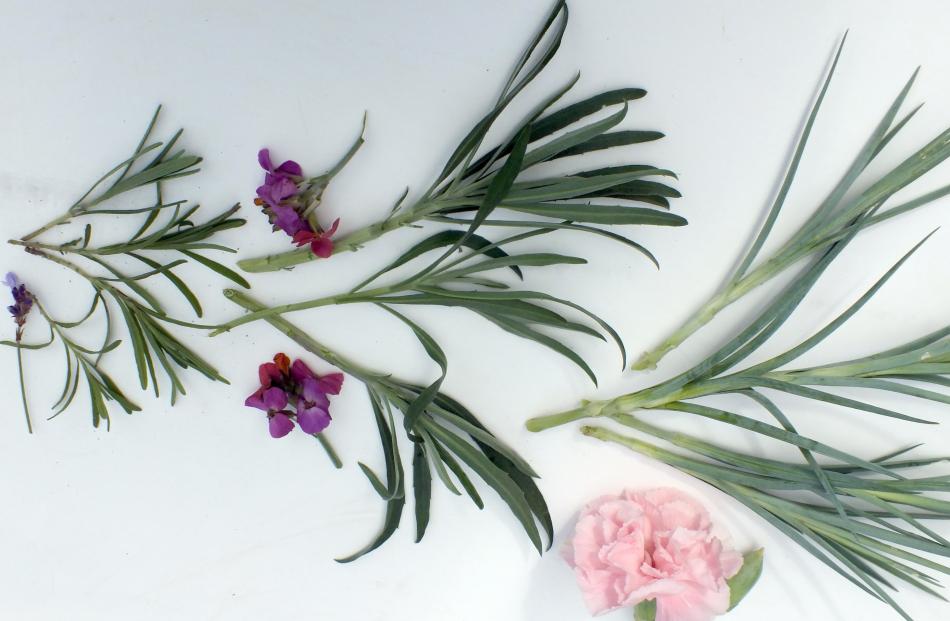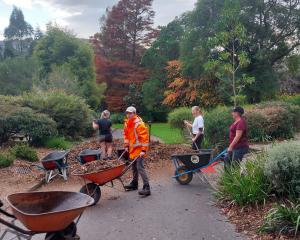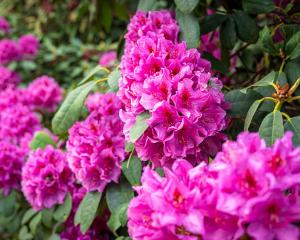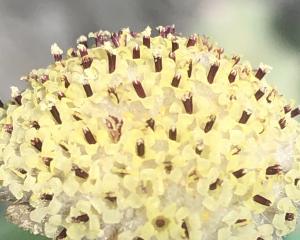Gillian Vine says growing your own plants from cuttings is a budget-conscious way to fill the garden.
Taking cuttings is an inexpensive way to increase the number of plants in your garden and the next two or three months is a good time for doing so.
There are three kinds of cuttings — hardwood, softwood (or semi-hardwood) and tip. Loosely, hardwood is a twig that tends to snap if you try to bend it, softwood is more flexible and tip cuttings are fresh little shoots from the ends of non-flowering stems.
A plant produced in this way ("struck") is a clone, so will be identical to the original. Spring-flowering shrubs, such as lilacs, generally do better if pieces are started after flowering, so pat yourself on the back if you have successfully grown them from twigs taken in late summer or autumn.
For those who prefer less of a challenge to start with, gooseberries and currants (red, black and white) are among the easiest shrubs to grow from cuttings taken now. They will take about three years to get into full fruiting mode but then just get better and better, as long as they are judiciously pruned.
Roses, especially heritage varieties, grow readily from cuttings taken now. Choose straight stems that are mature but still young — a guide is that prickles break off easily — and as thick as a ballpoint pen. Cut them to about 25cm long, and trim off the prickles, lower leaves and all but the top two buds. If the remaining leaves are large, I cut them in half. Damp the bare end and dip it in hormone rooting powder, then make holes around the edge of a pot of moist sandy soil or potting mix.
Put in the pieces with two-thirds of the cutting underground, then firm the soil, as loose cuttings are likely to die. Keep cool and moist but don’t be tempted to plant out for at least nine months, as roses can look deceptively well grown when the roots are still forming.
The same technique can be used for every other hardwood and softwood cutting, although I have found the latter tend to root faster than the likes of roses and are ready for their permanent homes in three or four months. Don’t panic if you don’t have hormone rooting powder, as most plants will get into gear without this boost.
Some gardeners maintain dipping damp stems in cornflour works just as well, while others swear by making a small split at the end and putting a grain of rice in it to give the optimum cut area to make roots. Personally, I’ve tried both and can’t report improved results.
Among the natives to grow from cuttings, hebes, lophomyrtus, horopito (pepper tree) and the New Zealand lilac (Heliohebe hulkeana) generally have high rates of success.
Shrubby herbs like lavender, lemon verbena (Aloysia triphylla), bay, rosemary, thyme and sage are easily struck from softwood cuttings. Shoots should be smaller than the likes of roses — say 8cm-10cm — and the potting mix kept damp, not wet.
Because hardwood and softwood cuttings have to sit for so long, maintaining moisture is important. However, there is a danger of them getting waterlogged and dying in winter: keeping pots of cuttings under cover or in a glasshouse will help overcome this.
When it comes to tip cuttings, lavender really shines, taking about six weeks to go from soft pieces to small plants ready for their permanent homes. Small (3cm) tips put into six-cell punnets filled with good potting mix signal their readiness to move on by pushing roots through the bottom of the punnet, so start checking after a month for this sign of growth.
The other stars of this method of propagation are dianthus/carnations and perennial wallflowers. As carnations and dianthus plants tend to become straggly over time, it pays to divide them every three years. Wallflowers get "leggy", too, so taking cuttings is an excellent way of growing fresh, healthy plants.
Finally, a word of warning. Some popular cultivars are protected under the plant variety rights (PVR) legislation, which means you are not allowed to sell any surplus you have raised. A great deal of time and money go into every new plant and although the rules are aimed at commercial producers, gardeners should play fair, too.

















